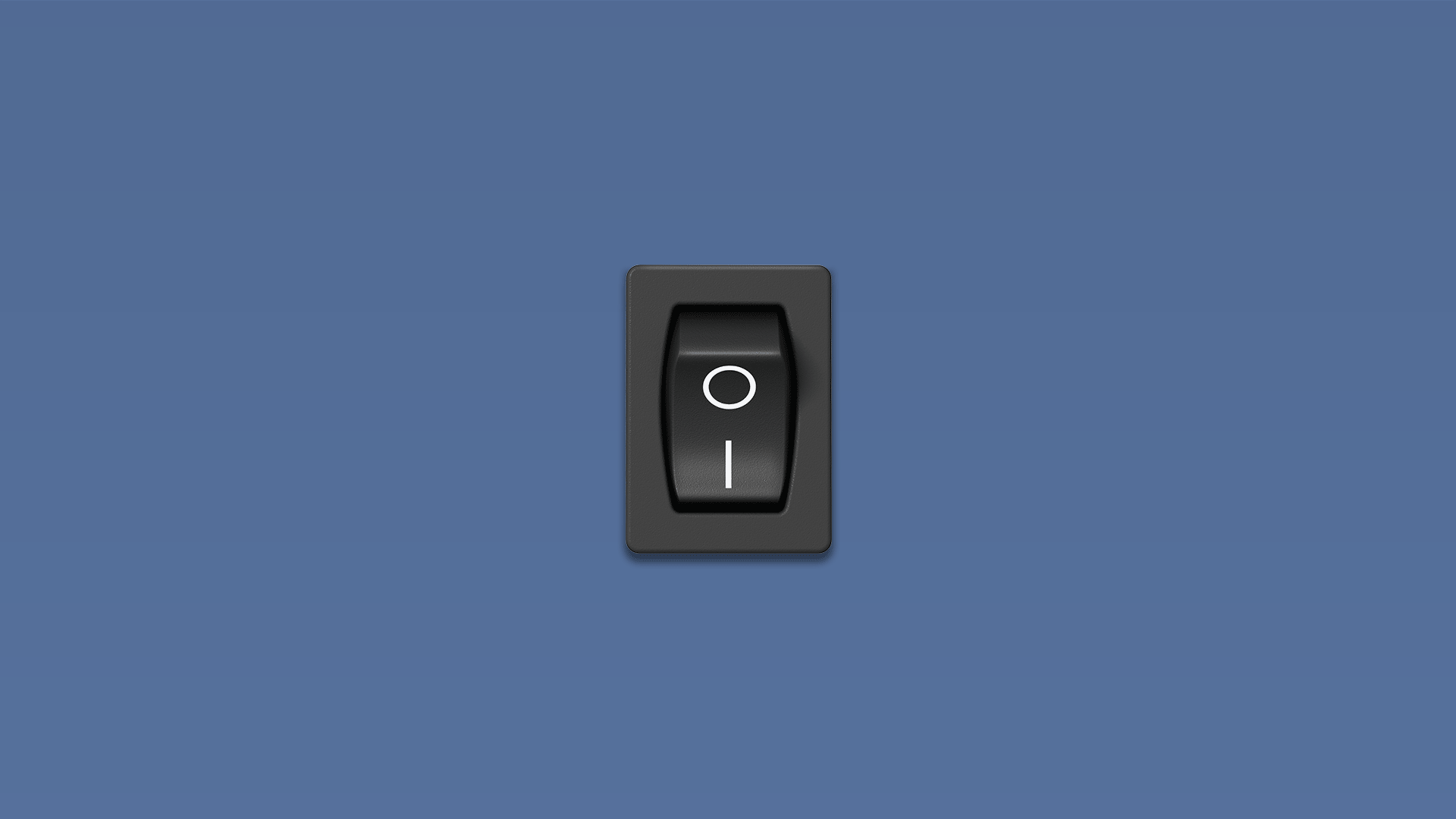Announcement
Collapse
No announcement yet.
Digital Microphones: Perspective
Collapse
X
-
I don't get it. A microphone is an analog device by nature. A coil moves in a magnetic field from air pressure (sound) on the diaphragm and by electromagnetic induction a small voltage is created. In "digital" devices this analog signal is converted into digital form though sampling of the analog signal. i.e. AD conversion
I'm curious as to how they get rid of the analog part of the microphone. That being the voice coil and magnet? Sound is inherently analog somewhere it must be digitized.- Mark
Core 2 Duo E6400 o/c 3.2GHz - Asus P5B Deluxe - 2048MB Corsair Twinx 6400C4 - ATI AIW X1900 - Seagate 7200.10 SATA 320GB primary - Western Digital SE16 SATA 320GB secondary - Samsung SATA Lightscribe DVD/CDRW- Midiland 4100 Speakers - Presonus Firepod - Dell FP2001 20" LCD - Windows XP Home
-
Three key points of the article distinguish the new digital from the old:
1. electret (old) vs. microelectromechanical (new)
2. standard chip-processing techniques
3. promises to leverage the scaling power of CMOS chips to finally merge this formerly analog component with the mainstream of digital signal processing.
Don't disagree with your fundamental point, but I think the differences between "old" and "new" -- as applied by this Akustica firm -- are very exciting.Also unique about Akustica's design, besides being built in standard CMOS, is that it incorporates the preamplifier and analog-to-digital converter on the same chip.
I have to be honest... as I'm focused on distance learning... I think this new technology promises to improve audio in distance learning -- IPTV -- systems.
We have a decent system where I work, but it's clear to me that the improvements we've seen in digital camcorder technology haven't really translated fully to the distance learning environment.
In other words, there's a huge difference between MiniDV, HDV, and other types of digital camcorders and how they handle audio and older analog camcorders that record to older media types, i.e. VHS, 8mm, etc.
With conventional distance learning equipment, analog microphones transmit their signals via analog cables to a box (codec) that converts the signal to digital in hardware.
It seems to me the noise suppression and echo cancellation features could be improved dramatically using the technology being advanced by Akustica.
I routinely see fairly minor -- yet annoying -- problems with audio in conventional distance learning IPTV systems.
I'd love to see the kinds of improvements mentioned in the article:
Jerry JonesBy saving the time and expense of conditioning an analog audio signal from a traditional microphone and converting it to a digital format, Akustica claims to lower overall costs and to eliminate noise sources as well as the need for shielded cable to route analog signals.
Comment
-
The theroetical advantage, which is not insignificant, is with the pre-amp and A/D converter in the mic body itself the low level analog signal only exists over a small volume of space greatly reducing the chances of analog noise pick up.
What goes over the connecting wire or wireless connection is then a very noise immune high level digital signal.
--wally.Last edited by wkulecz; 9 November 2007, 08:34.
Comment
-
Now I understand. Thanks.
I guess this could be good for really low-end applications. I come from a recording background where a quality mic pre and A/D converter aren't going to fit into a mic.
I personally have never had interference problems with properly grounded equipment and balanced interconnects. And I've run them over pretty long distances, surely long enough to get to a mic pre and A/D converter. In fact lots of people make good cases for SEPARATING the mic from the mic pre and A/D converter so that the electronics don't interfere with the flux the voice coil is producing. Interference among closely spaced components is one reason that separate audio components are considered the high end while integrated ones are consumer-fi.
Hey but if these guys have gotten around Maxwell's equations who am I to argue!
I wish them luck.- Mark
Core 2 Duo E6400 o/c 3.2GHz - Asus P5B Deluxe - 2048MB Corsair Twinx 6400C4 - ATI AIW X1900 - Seagate 7200.10 SATA 320GB primary - Western Digital SE16 SATA 320GB secondary - Samsung SATA Lightscribe DVD/CDRW- Midiland 4100 Speakers - Presonus Firepod - Dell FP2001 20" LCD - Windows XP Home
Comment
-
Hmmm. Not sure I agree with that comment.Originally posted by Hulk View PostI guess this could be good for really low-end applications.
I see this technology as helpful to even relatively expensive distance learning equipment.
Did you know the HD 720p "top-of-the-line" systems sold by Polycom, for example, start at $200,000?
Look at the connectors on the back of the Polycom HDX 9004 codec:
 Poly, formerly Plantronics & Polycom, is now an HP brand. Learn how HP and Poly collaboration solutions can create more meaningful meetings for your workforce.
Poly, formerly Plantronics & Polycom, is now an HP brand. Learn how HP and Poly collaboration solutions can create more meaningful meetings for your workforce.
They have a lot of "Phoenix" audio ports.
We're not using Polycom equipment where I work; we're using Tandberg equipment.
The audio connectors on our older hardware codec boxes are simple line inputs.
Jerry Jones
Comment
-
Well to go along with your digital mic you can get one of these babys.
______________________________
Nothing is impossible, some things are just unlikely.
Comment
-
Fluff, thanks for that link.
That's very, very interesting and I learned something about these relatively new evolving standards for digital microphones.
I noticed the DMC-842 that you reference is a so-called "AES42 interface."
There's an excellent article about AES42 and how it relates to digital microphones.
The article is in BROADCAST ENGINEERING magazine at the following link:
Jerry Jones
Comment
-
Sorry, cannot agree with you there. I could fit everything, including a battery for at least 72 hours work, including the preamp, the HV generator, the 24-bit a/d converter, the quantiser and the wireless transmitter into any hand-held size (or larger) top-quality condenser mike (NOT electret) with a ¾" diaphragm or larger. The whole electronics could fit onto a PCB about 15 mm x 35 mm using COB assembly technology. Dammit, that is nothing compared to all the gubbinsry in a modern cellphone. OK, I agree that for a clip-on mike, you would need a pocket box.Originally posted by Hulk View PostI guess this could be good for really low-end applications. I come from a recording background where a quality mic pre and A/D converter aren't going to fit into a mic.Brian (the devil incarnate)
Comment
-
My perspective is from the world of recording studios. If you've ever been in one when they are recording a vocal track you won't see any tiny mics, mic-pre's, or AD converters.
Perhaps it's just me but in every studio I've been in (quite a few) it seems all I see are large diaphragm mics like Neumann, AKG or the like when really going for a great vocal overdub.
Brian I think these mics have a diaphragm much smaller than 3/4" and that is what I'm getting at.- Mark
Core 2 Duo E6400 o/c 3.2GHz - Asus P5B Deluxe - 2048MB Corsair Twinx 6400C4 - ATI AIW X1900 - Seagate 7200.10 SATA 320GB primary - Western Digital SE16 SATA 320GB secondary - Samsung SATA Lightscribe DVD/CDRW- Midiland 4100 Speakers - Presonus Firepod - Dell FP2001 20" LCD - Windows XP Home
Comment




Comment